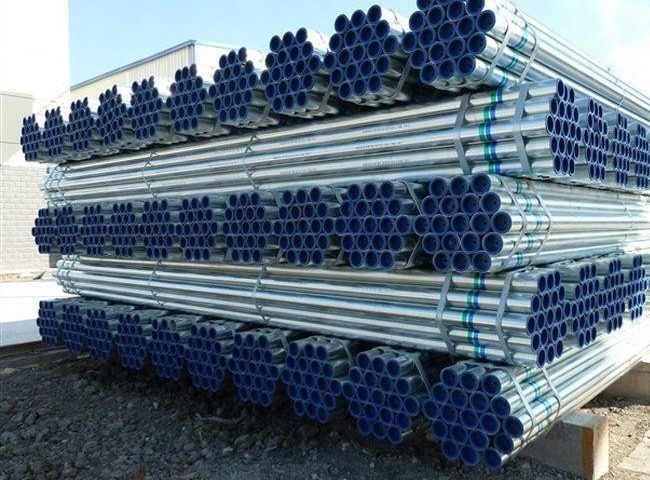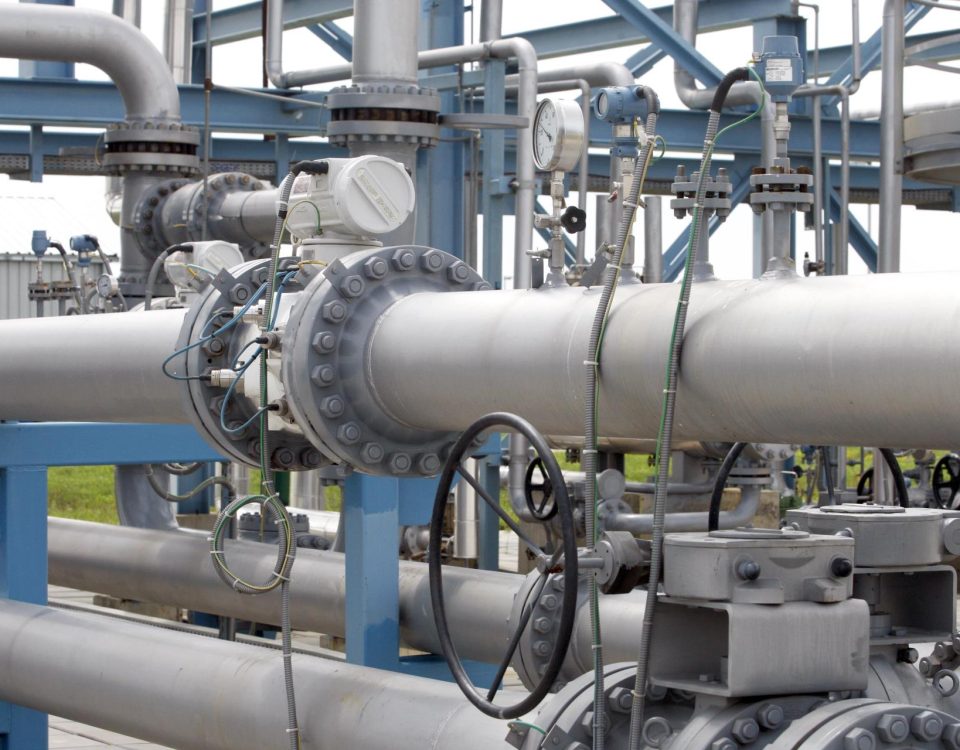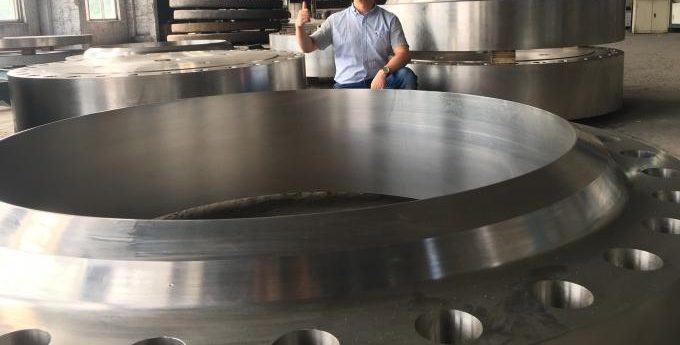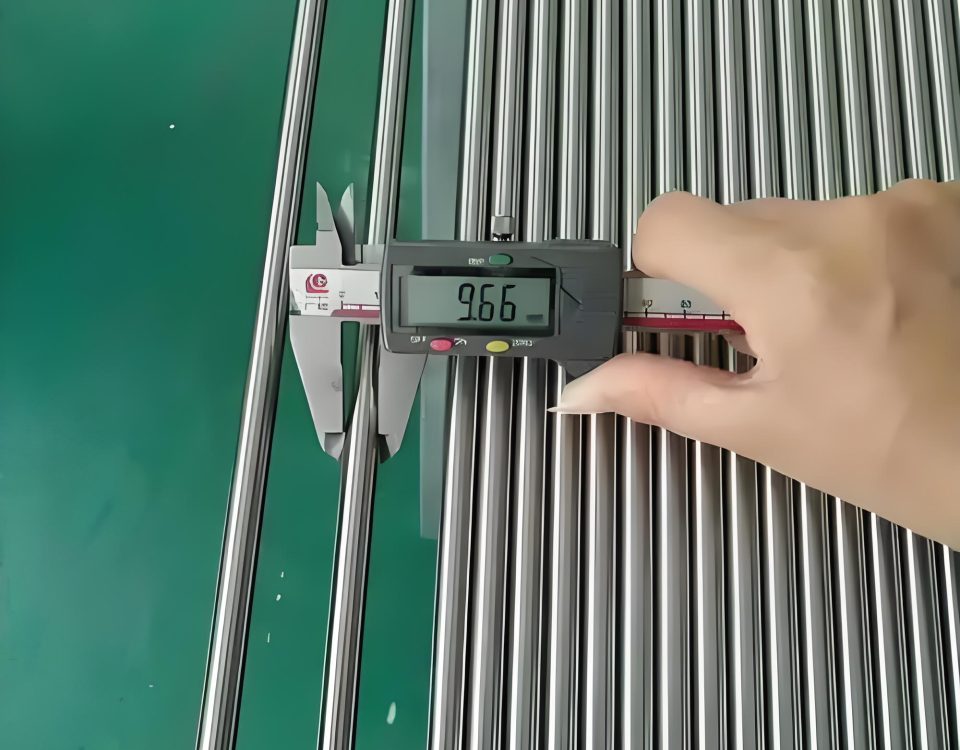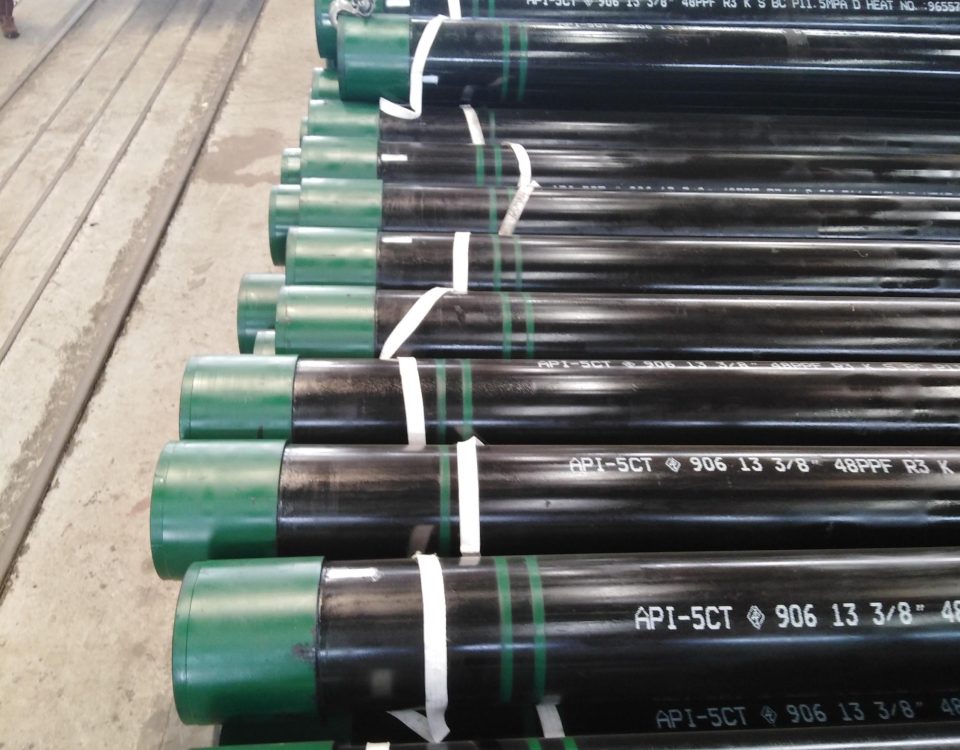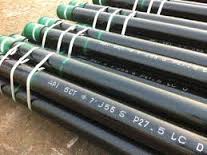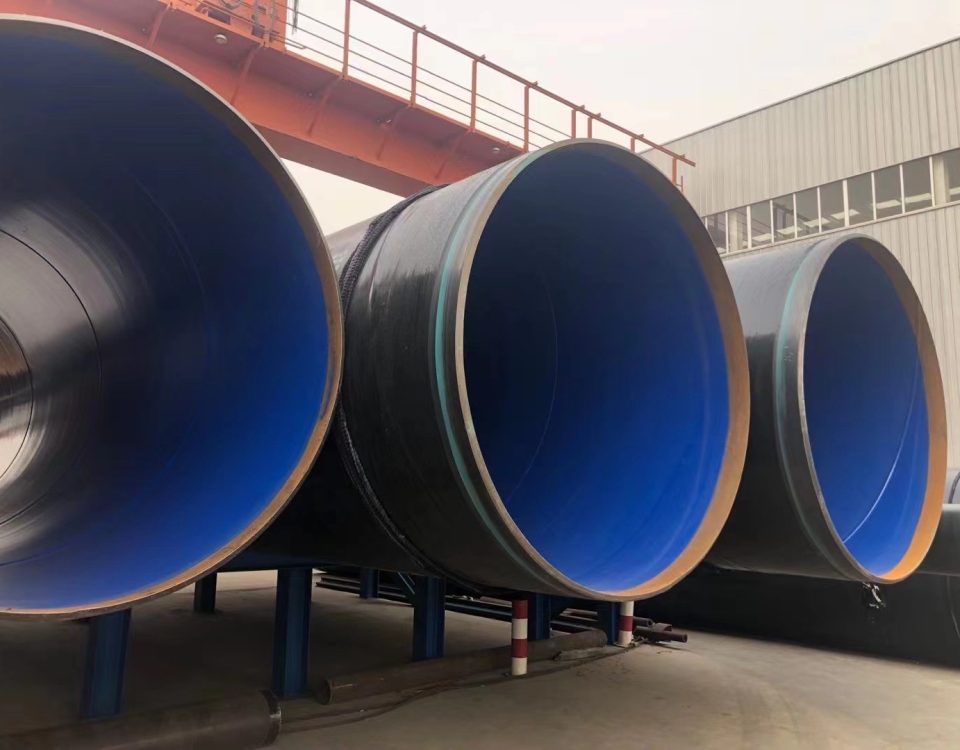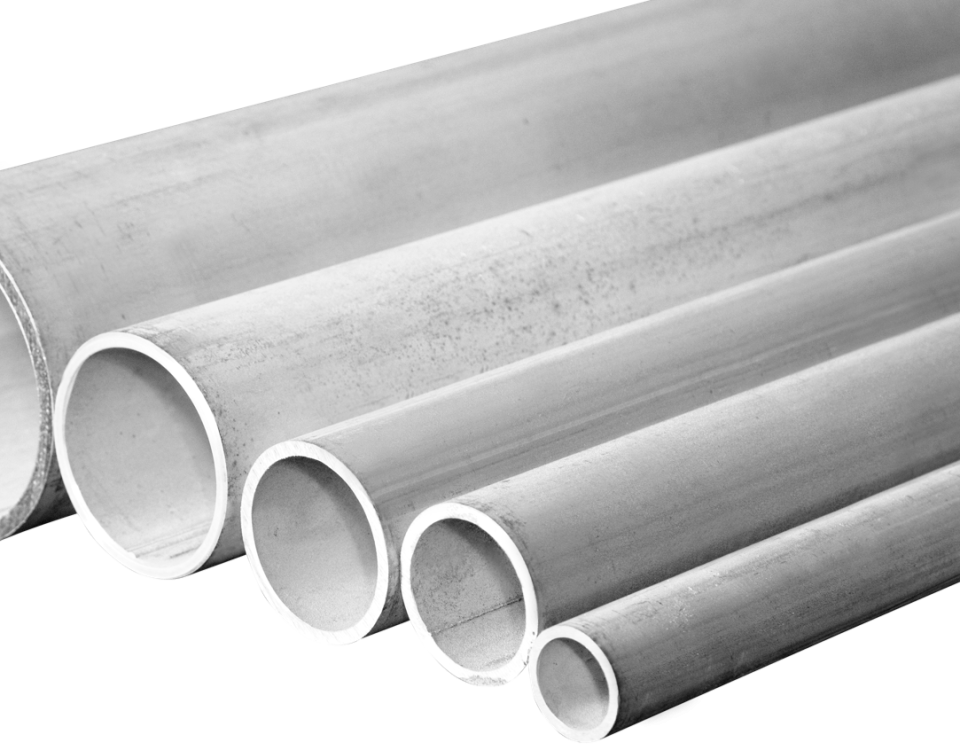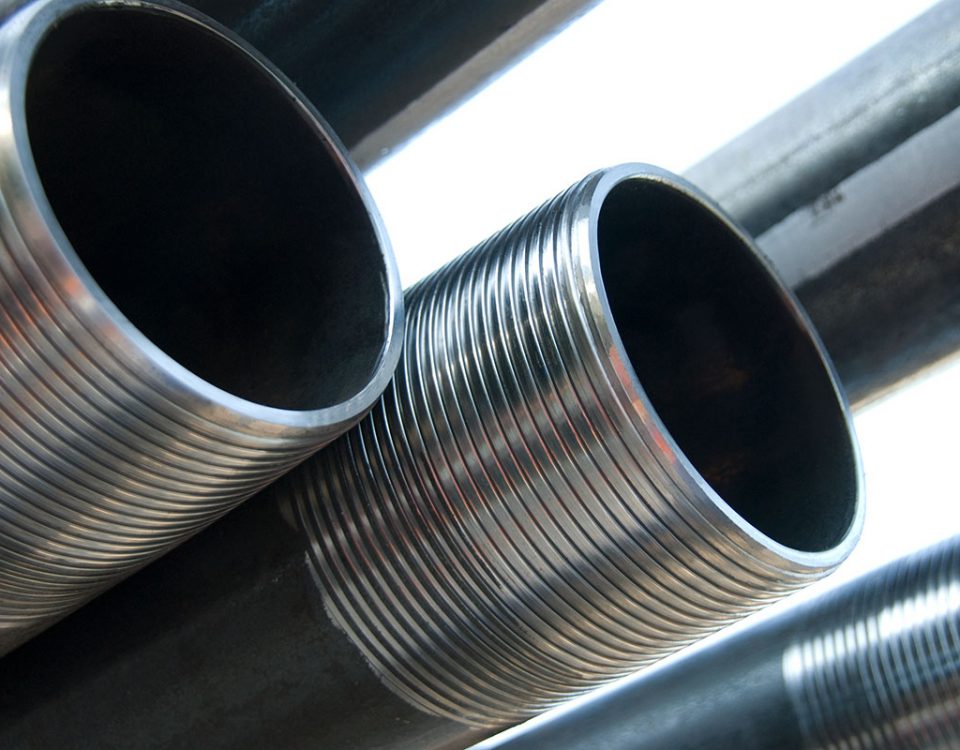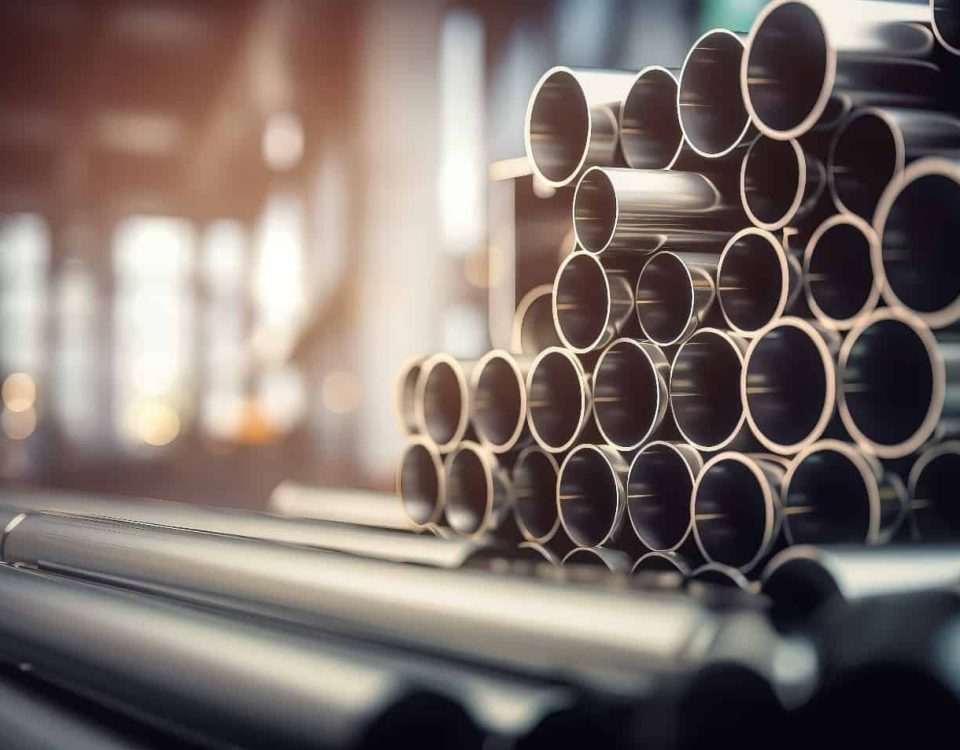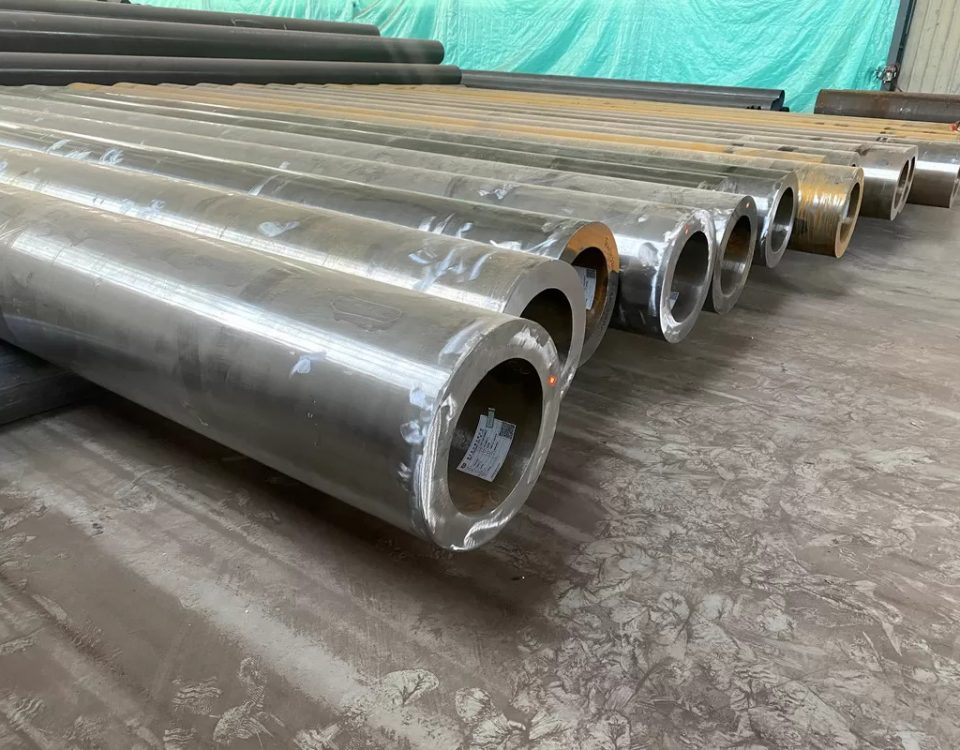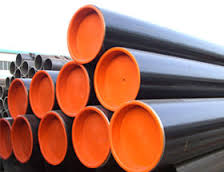
ASTM A252 Gr.3 steel piling pipes
March 15, 2017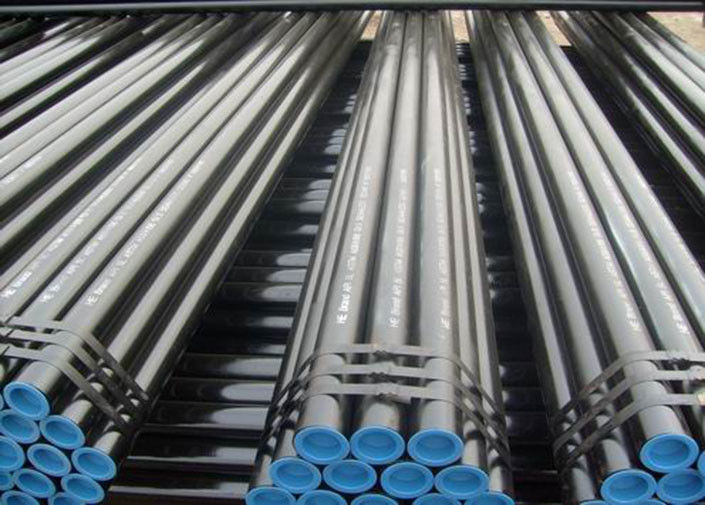
DIN1629 St37 round mild seamless structure steel tube
March 22, 2017Compared with foreign countries, the steel structure of transmission tower in China has a single variety, low strength value and little choice. When the tower load is large, only the composite section can be used to make up the shortage of material strength, and the workload and investment of design and processing are increased. The United States “transmission Tower Design Guide” in a total recommended 10 kinds of material standards for designers to choose, the yield strength of high-strength steel reached 448MPa.
ERW galvanized steel pipe for steel structral
|
Product name |
ISO65 ERW galvanized welded steel pipe |
|
|
Technique |
Longitudinal Electronic Resistance Welding(ERW) |
|
|
Size |
W.T |
1.5mm-5.5mm |
|
Diameter |
21.3—165mm |
|
|
Length |
5.8m-12m |
|
|
Surface |
hot dipped galvanized |
|
|
Zinc coating |
200-600g/m2 |
|
|
Ends |
Plain ends, cutting, threading, beveled,etc |
|
|
Packing |
Packing in bundle with steel strips; with seaworthy package at the end; could be done with your requirement. |
|
|
Inspection |
With Chemical Composition and Mechanical Properties Testing; Hydro static Test, Dimensional and Visual Inspection, With Nondestructive Inspection |
|
|
Certification |
BV, IAF, SGS,COC, ISO or as per customer |
|
|
Application |
Urban construction pipe, agriculture equipment pipe, water and gas pipe, Greenhouse pipe, Scaffolding pipe, Building material tube, Furniture tube, Low pressure fluid tube, etc |
|
|
Trade Terms |
FOB, CFR, CIF, EXW, etc. |
|
|
Payment |
L/C, T/T |
|
|
Delivery Time |
Usually within 10-30 days after receipt of deposit, ASAP |
|
|
Loading Port |
Xingang , Tianjin |
|
The strength grade of steel in Russia’s “Steel Structure design Code” has reached 578Mpa. [2] with the continuous development of China’s metallurgical industry, high-strength steel production is no longer difficult, China’s high-strength structural steel quality improved faster and more stable, supply channels are becoming more and more smooth, for transmission line towers in the use of high-strength steel provides a possibility. In the Prophase research project of 750kV transmission line, the Power Construction Research Institute of the State Power company has studied the connection structure, the parameters of component design, the matching bolts and the economic benefit of high-strength steel, which has been fully equipped with the conditions of use in the tower. And the use of high-strength steel can reduce the weight of the tower 10%-20%. But the biggest obstacle of high strength steel is the supply of steel material.
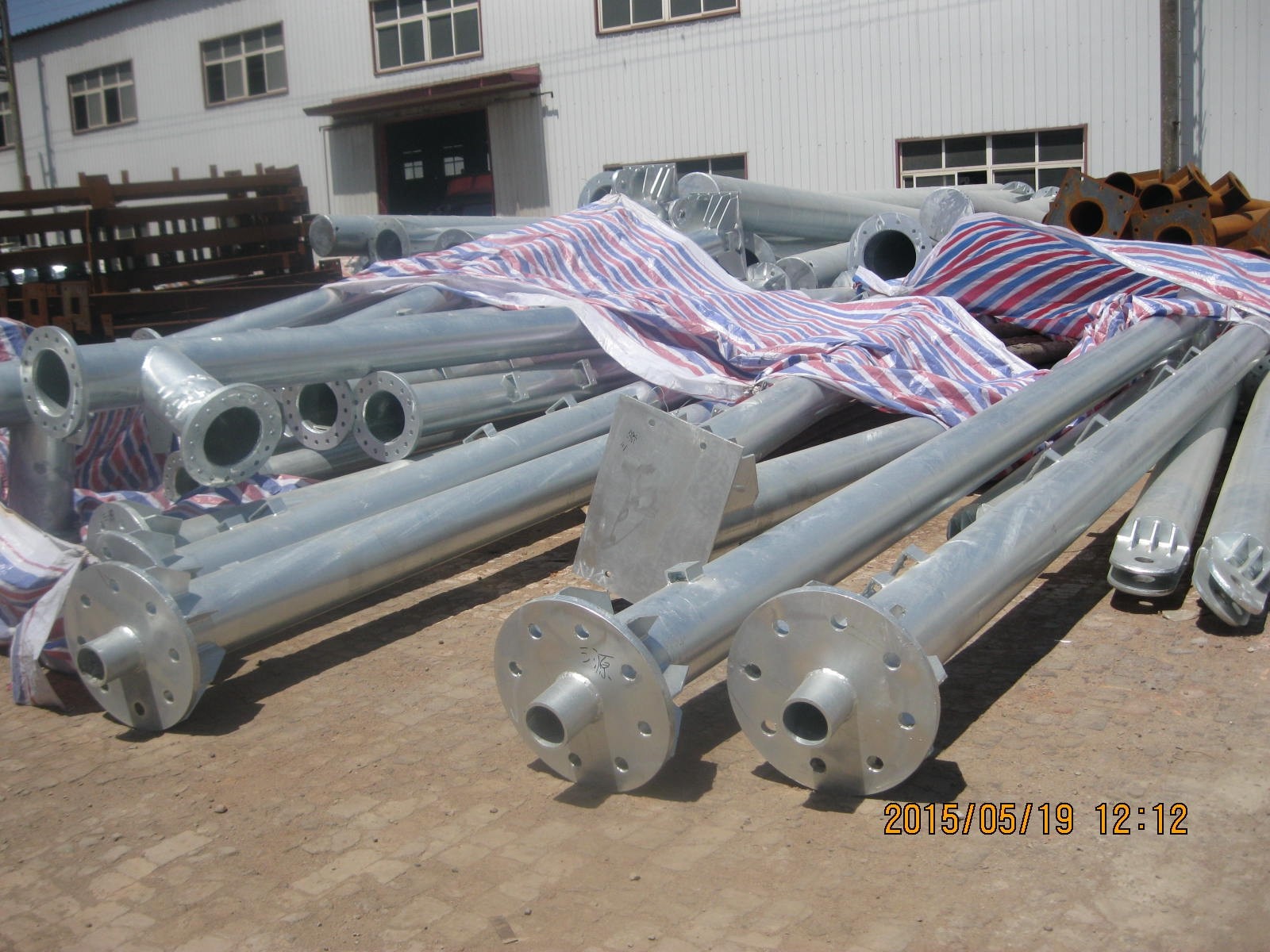
Hot dipped galvanized steel structral section,telecom poles and towers,light poles,traffic sign poles,etc,as per customer’s drawing.
The steel tower needs more varieties, the size of the mass demand is small, at the same time, high-strength steel forming difficult, high rolling cost, roll adjustment difficulties, so that steel production of high-strength steel plant enthusiasm is not high, supply is difficult to guarantee.
Application
In the 80 ‘s, many countries in the world developed UHV transmission lines, the steel tube profiles were applied to the tower structure, and the steel pipe tower was used as the main material of the tower.
In Japan, almost all of the 1000kV ehv lines and towers used Steel Pipe Tower, and they were very thorough about the design of steel rods. Reference to foreign experience, domestic in the 500kV double circuit tower and the same tower four return tower has also used steel tube profiles, reflecting its good performance and benefits. Because of its large cross section stiffness, the stress characteristic of the section is good, the stress is simple, the shape is beautiful, and so on, it has been developed well in the circuit with different voltage levels. Especially in the large span structure, urban power grid tower structure application more.
Main features
The Steel Pipe Tower structure has the relative technical and the economical superiority, is suitable for applies to the transmission tower which bears the heavy load.
(1) Load characteristics
The Steel tube Tower has the advantages of small wind pressure, large flexural stiffness, simple structure, clear transfer force, and can give full play to the bearing capacity of the material, on the one hand, it can reduce the weight of the tower and reduce the basic force.
Under the condition of satisfying strength and stability calculation, the wind load of tower body can be greatly reduced by using a Steel Pipe Tower with relatively small wind pressure type coefficient.
(2) Section characteristics
The section center of the Steel Pipe Tower member is symmetrical, the section characteristic is isotropic, the material is uniformly distributed in the periphery, and the section flexural stiffness is large. For the transmission tower, when the section area of steel pipe and angle iron is equal, the steel tube tower does not show its advantage.
For the bending member of the transmission tower, the steel pipe with the smaller sectional area and larger gyration can fully and evenly exert the mechanical properties of the material, achieve the structural stiffness and stability requirements, especially for the large load tower with larger structural geometry and longer bar, and the advantages of good stability of the steel tubular towers are obvious.
(3) Constructing
the connection In connection with the construction, the main material of the steel tower adopts flange connection or intersecting connection, and the main material of the inclined material is connected with the connecting plate or the intersecting connection, the main material of the angle steel tower is connected with the outer part, and the other rods are connected mainly through the connecting plate and the bolt. The flange and the connecting structure of the steel tubular towers are relatively concise, although the welding workload is increased, the negative influence of the eccentricity of the angle steel component on the load-bearing capacity of the structure is reduced, while the stiffness and compactness of the connecting joints are enhanced, which helps to improve the overall stiffness and stability of the structure and the ability to resist the wind-induced dynamic loads. [1]

